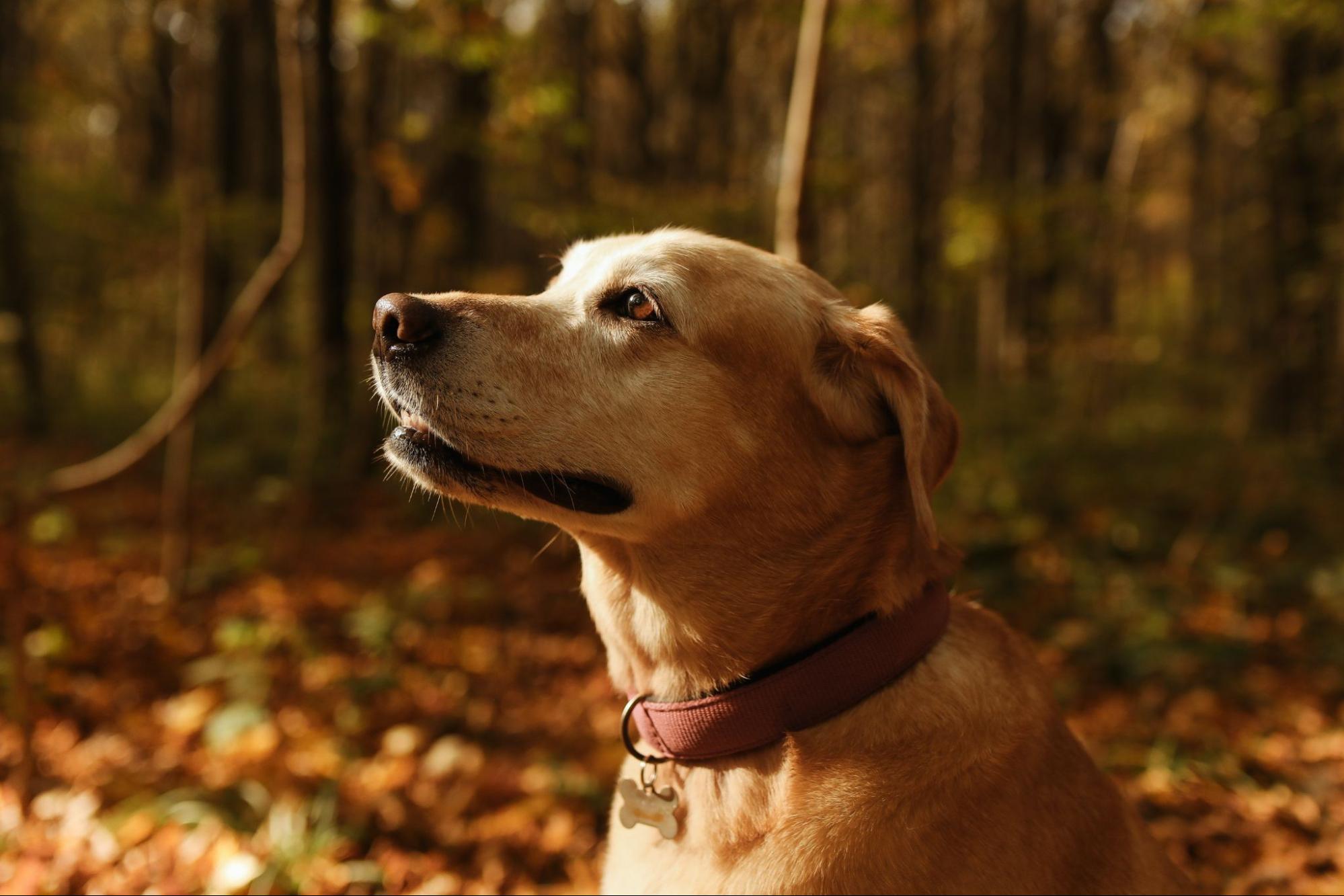How to Get a Scared Dog to Come to You
Are you wondering how to get a scared Labrador to come to you? It can be distressing to see your furry friend feeling fearful and hesitant. In this article, I’ll share some valuable tips on how to help your scared dog overcome their fears and build trust with you. Additionally, I’ll discuss the signs that indicate when your Labrador is feeling scared so that you can better understand their emotions.
When a dog is frightened, it’s crucial to approach them with patience and empathy. Rushing towards them may only exacerbate their fear and cause them to retreat further. Instead, try these gentle techniques:
- Create a safe space: Designate a quiet area in your home where your Labrador feels secure. Provide comfortable bedding, toys, and familiar scents to make it feel like their sanctuary.
- Use positive reinforcement: Reward small steps of progress with treats or praise. Encourage your dog’s brave behaviour by associating positive experiences with the things they fear.
Now let’s explore the signs that suggest when your Labrador is experiencing fear or anxiety:
Labradors display various cues when they are scared, including:
- Body language: Look for signs such as cowering, trembling, tucking their tail between their legs, or avoiding eye contact.
- Ears and tail position: A fearful Labrador may flatten its ears against its head or hold its tail low.
- Dilated pupils: Wide-eyed expressions often indicate heightened stress levels in dogs.
By understanding these signs of fear in Labradors and implementing positive training techniques, you can help your scared pup become more confident over time. Remember to always consult with a professional dog trainer or behaviourist if needed for expert guidance tailored specifically for your Labrador’s needs.

Understanding Dog Behavior
When it comes to understanding dog behaviour, especially in the case of a scared Labrador, there are a few important factors to consider. Dogs communicate through their body language and actions, so being able to interpret these signals is crucial in creating a safe and reassuring environment for your furry friend.
Here are some key points to keep in mind:
- Recognizing signs of fear: A scared dog may display various signs indicating their discomfort. These can include cowering, trembling, tail tucking between the legs, ears pinned back, avoiding eye contact, excessive panting, or even growling and snapping if they feel cornered. It’s essential to be observant and attentive to these cues.
- Avoiding punishment: Punishing a scared dog will only increase their fear and anxiety levels. Instead of resorting to harsh disciplinary measures, focus on positive reinforcement techniques such as rewards and praise when your Labrador shows any signs of improvement or bravery.
- Creating a safe space: Providing a designated safe space within your home where your Labrador feels secure can greatly help alleviate their fear. This could be a crate with soft bedding or a quiet room with familiar scents and toys. Make sure this area remains accessible at all times.
- Gradual exposure: Slowly exposing your scared Labrador to new experiences or situations that trigger their fear can help them overcome it over time. Start with small steps and gradually increase the level of exposure while ensuring they feel supported and comforted throughout the process.
- Seeking professional guidance: If you’re struggling to help your Labrador overcome their fear or if their anxiety seems severe, don’t hesitate to seek advice from a professional dog trainer or animal behaviourist who specialises in fearful dogs. They can provide personalised guidance tailored specifically for your pet’s needs.
Remember that every dog is unique, so what works for one may not work for another. Patience, consistency, and understanding are key when helping a scared Labrador come out of their shell. With time and the right approach, you can create a loving and trusting bond with your furry companion.